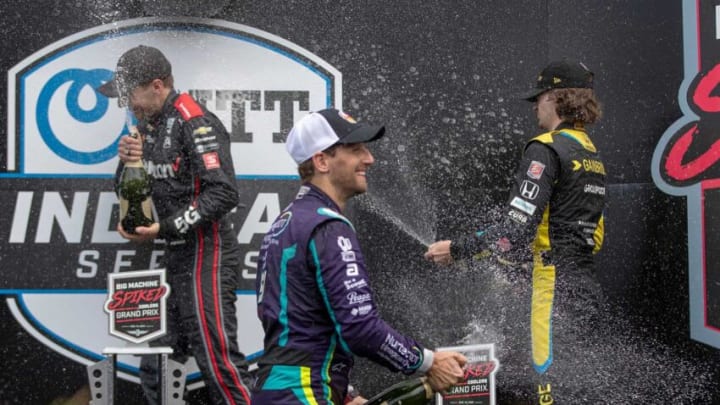The United States’ auto racing identity has always been most closely linked with the stock cars of Junior Johnson, Richard Petty, Dale Earnhardt, et. al. But in recent years, as the NASCAR season has devolved into an overstuffed calendar filled with boring races between even duller drivers, racing fans have found themselves looking for action on the track, championships decided on skill and tech instead of random cut tires and backmarker interference, and tracks with right AND left turns.
IndyCar and Formula 1 seem poised to step into the competitive and entertainment void in the hearts of US racing enthusiasts. But if you’ve spent your entire racing fandom in the stock car realm, all of those open-wheel race cars might look the same.
The Glaringly Obvious: Where They Race
For the most part, IndyCar (and I am using that term as a catch-all for the organizations that have handed out championships before, during, and since the dark years of 1996-2008) is a North American circuit. There have been occasional flyway races in Japan, Australia, and Brazil, but every race since 2013 has been run in the United States or Canada.

F1 runs races on five of the globe’s seven continents (the last African GP was in 1993 and the Antarctic Motor Speedway is still in the theoretical stages). The standard has been one race per season each for the US, Canada, and Mexico, although a second US event in Miami was added for 2023 (and the Canadian GP hasn’t been held since 2019 due to COVID restrictions).
The two series have run races on the same tracks to varying degrees of success. While the Long Beach circuit seems well suited to both cars, attempts to run F1 races in Indianapolis and Phoenix ended up disappointing fans and teams alike.
